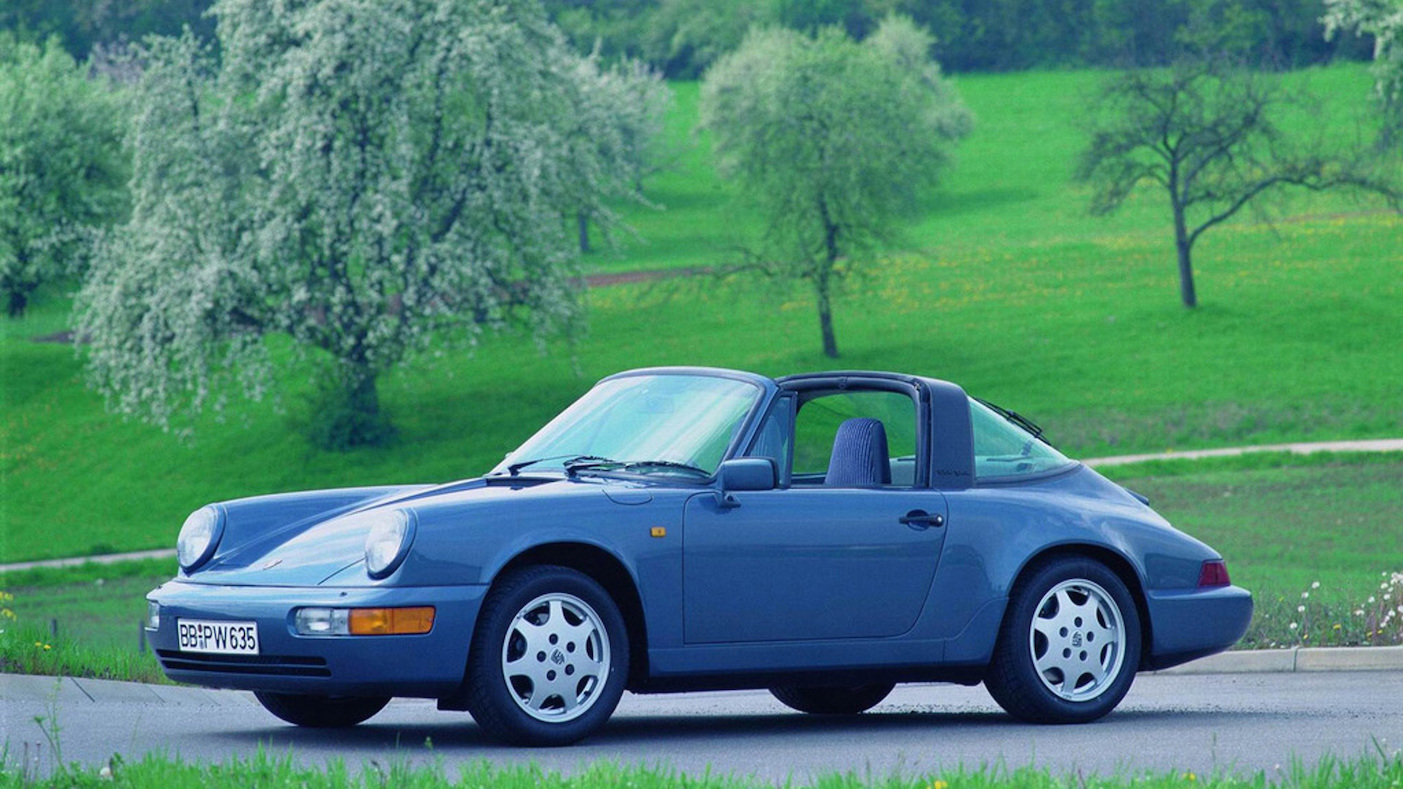There are a few candidates for the holy grail of Porsche 911-dom, and right up there is the 964 RS. Compared to its Rennsport successors, it looks rather tame but if you know, you know. This pure pinnacle of hardcore 911s is revered and has the ascending values to back it up. But it wasn’t always this way. When it was released, the 911 RS was panned in some quarters for a harsh ride quality that went against the 911 ethos of everyday performance.

It’s not alone. The Ferrari F50 was universally denigrated in early reviews, probably (as much as anything else) because anything would struggle to follow the F40, looking down on any successor from its lofty pedestal. But these days, the difficult sophomore album is viewed a lot more favourably, the good parts of its character seemingly having tipped the scales in its favour. It makes you wonder how the charms of an open-top Ferrari V12 were overlooked in the first place.
Cars don’t age like wine. A 964 RS doesn’t suddenly cope with a pock-marked British B-road any better than it did in 1992 (advancing tyre technology notwithstanding, but that’s a story for another day), so it’s opinions that are being altered rather than fact.
Going against the grain is a good way to generate internet clicks and keep journalists relevant, but I don’t think that’s what’s going on here. I think there are far more justifiable arguments for viewing a car more favourably as it gets older, and the reasons are threefold: environment, context and the differing ways cars are used as they get older.
If you took a time machine to 1992, you’d find a very different road network to the one we now have. With less traffic and more freedom, the way you can drive a car would be very different to what today’s car enthusiast experiences.

It stands to reason, then, that the way in which a car can be enjoyed has changed. I don’t subscribe to the theory that you can’t enjoy driving any more (you can, you really can) but the opportunities to do so are different now to the world the 964 was born into.
Context is important, too. You judge any car against the norms of the day, and while the uncompromising ride of the RS is still pretty extreme, it’s not as far from the average as it was three decades ago. The ride quality of pretty much every car has become firmer, so the contrast isn’t as stark as it once was.
Most significant, though, is the fact that old cars aren’t used in the same ways as new ones are. When it was fresh from the showroom, the 964 RS could realistically be expected to undertake daily driver duties. It’s a 911, after all, the most usable sports car in the history of the motor car.
Now in its modern classic era, the 964 RS wouldn’t be subjected to regular use – and not just because it has the same value as a house, but because it’s something to be used sparingly and cherished. And that means you can forgive foibles as character rather than genuine shortcomings.
I’ve honed in on the 964 RS for the sake of argument, but there are all manner of cars where the general consensus has been revised. Revisionism works best for cars that were seen as underdogs when new but light up with age.

The combination of charm and nostalgia is powerful, and it doesn’t only apply to valuable sports and supercars. An Escort XR3i is no Golf GTI, but does that matter so much in 2024? It definitely doesn’t if you have memories tied up in the Ford, which goes a long way to explaining why the inferior car is sought-after now.
And it works for much more mundane machinery, too. You only need to witness the enthusiasm for cars at events like the Festival of the Unexceptional. Cars that were once invisible street furniture are now pampered and preened as if they were built by craftsmen rather than churned out in their thousands from a production line. Having said that, in many cases they have become rarer than the much more valuable classics which simply adds to the appeal and intrigue they create. Getting excited about seeing an immaculate Nissan Bluebird is perfectly justifiable now; it wouldn’t have been in 2002.
Cars don’t change with age, but our reaction to them can. The next time you find yourself being drawn to a car that you once had no time for, remember that it’s OK to be a revisionist.
Report by Adam Wilkins for goodwood.com










